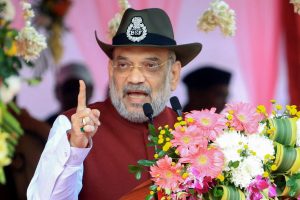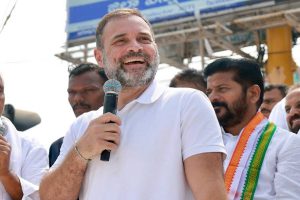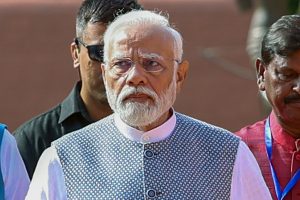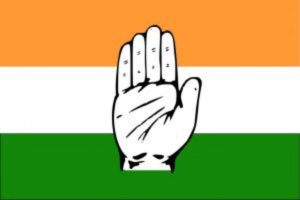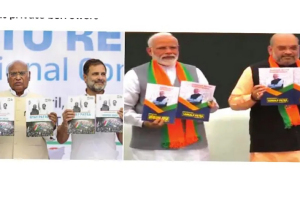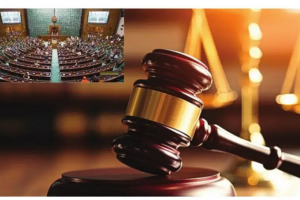A group of woman artistes and idol makers has become a striking symbol of India’s tradition of unity in diversity and religious harmony, especially in these challenging times, proving yet again that art and culture transcend man-made social divisions of religion or caste.
Idol maker and painter Sujata Chitrakar who is a housewife in a Muslim family at Keshabbar village under Khandokhola gram panchayat in Panskura of East Midnapore has been in the news recently for making a Kali idol for a puja committee.
Her work assumes significance against the backdrop of worrying incidents of religious intolerance and hate crimes against minorities and lower castes reported across the country.
Born in a Muslim family, Sujata started making idols of Hindu deities a few years back when the male members of her family started going to other states for making idols.
Basically, Sujata and 12 to 14 other families at Keshabbar are engaged in making idols of various Hindu deities as a part of their traditional family profession.
Religious boundaries are incredibly porous for these artistes locally known as Chitrakars. In the past, they would straddle both religions, living a dual life of sorts. Nonetheless, the community has for generations been plagued by the effluvium of religious discrimination.
“The Hindus condemned us for embracing Islam,” said Rubina Chitrakar, adding: “Muslims, on the other hand, refused to accept us because we make idols, paint and sing about Hindu deities.”
“Many of us would have two names, a Hindu name and a Muslim name, so that both Hindu and Muslim households would let us perform for them,” added Tapas Chitrakar, who grew up on stories recounting his forefathers’ struggle for acceptance.
The Chitrakar’s predicament has evolved into a statement on communal harmony. “On one hand, we recite the namaaz and keep roza and on the other hand, we make idols of Hindu deities for maintaining our livelihoods,”, said Sujata.
The common title of Chitrakar helps reject a socio-cultural identity based on religion.
“Our forefathers were basically known as Patuas and they used to make Patachitra and sing ancient tales for maintaining livelihoods. Later, we started making idols of Hindu deities,” said Rubina.
“But now, it is difficult to maintain livelihood by making idols only because cost of items for making idols have increased and we cannot see profit from this profession. So, we urge to the state government to extend help to us so that we can continue our profession,” said Tapas.
Siddique Mallick, upapradhan of Khandokhola gram panchayat, said: “Chitrakars are not mere raconteurs of ancient tales ~ they also act as conscience-keepers and agents of social change. Their repertoire of scrolls and songs frequently address pressing social issues. However, religious icons like Durga and Kali often feature along with secular themes.”


